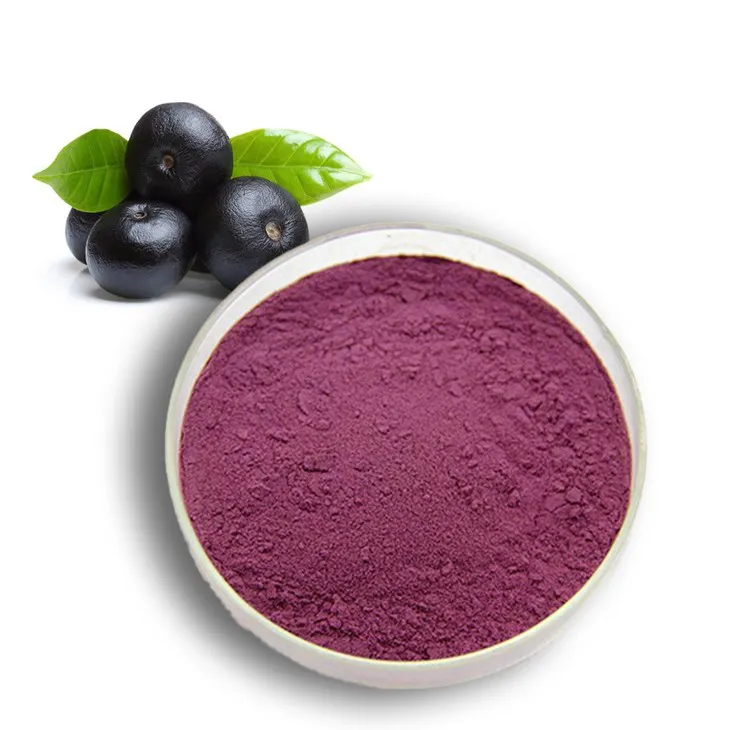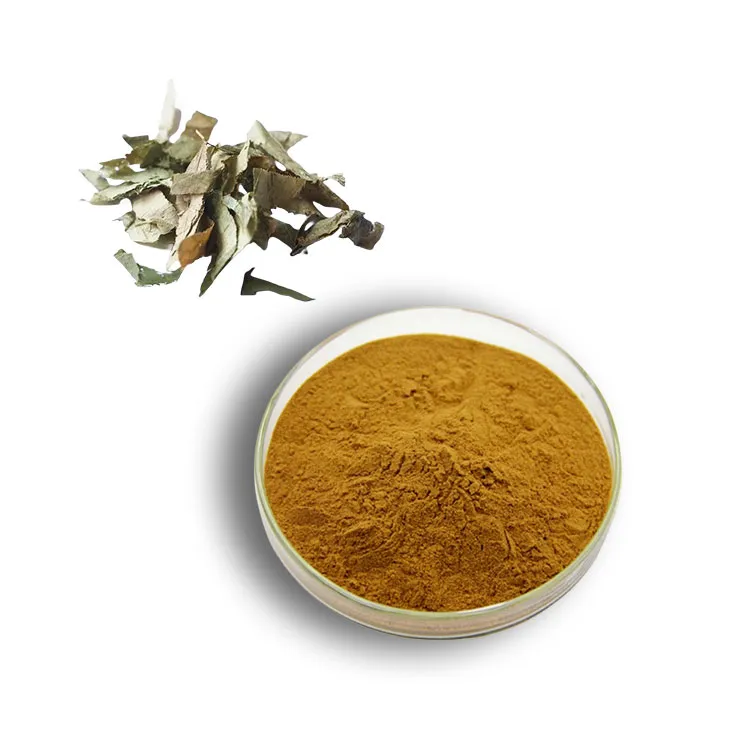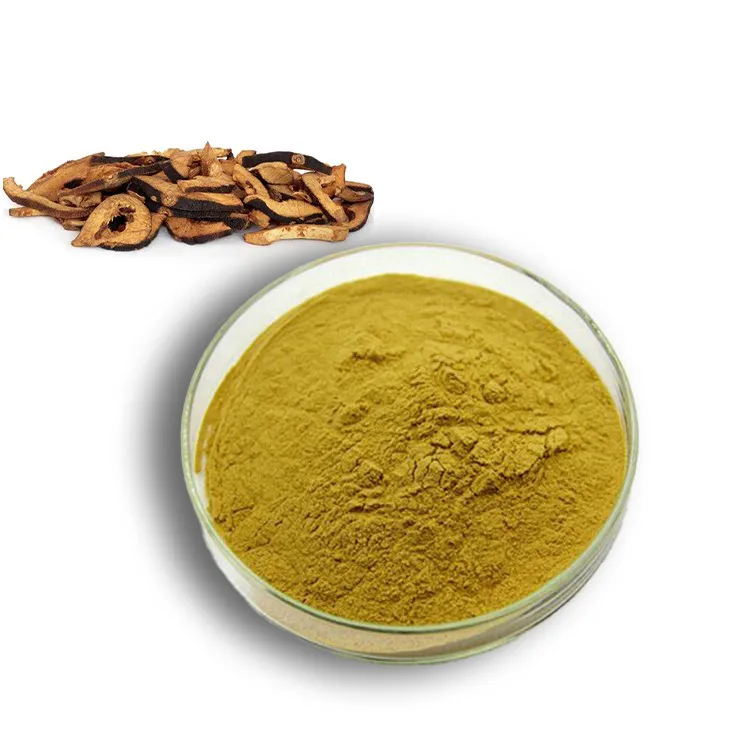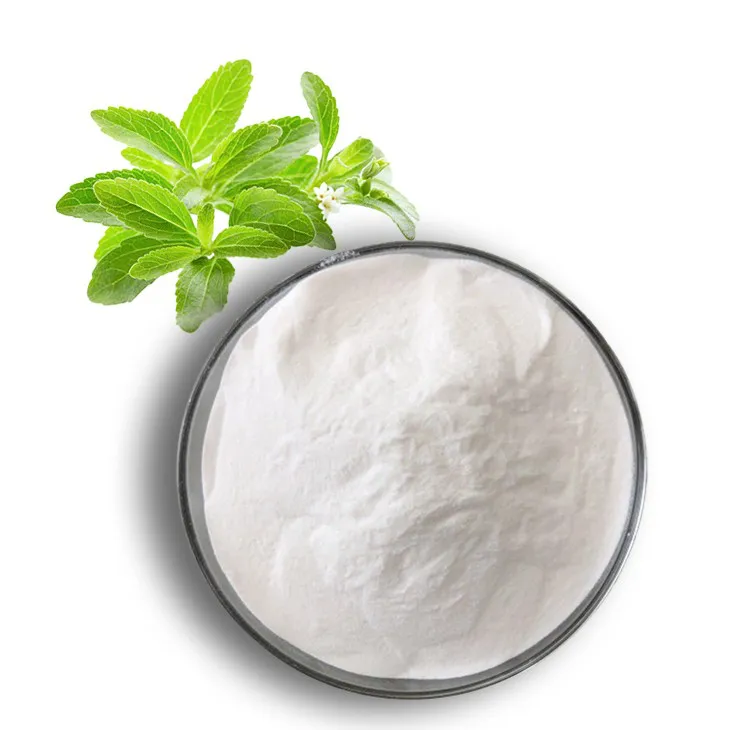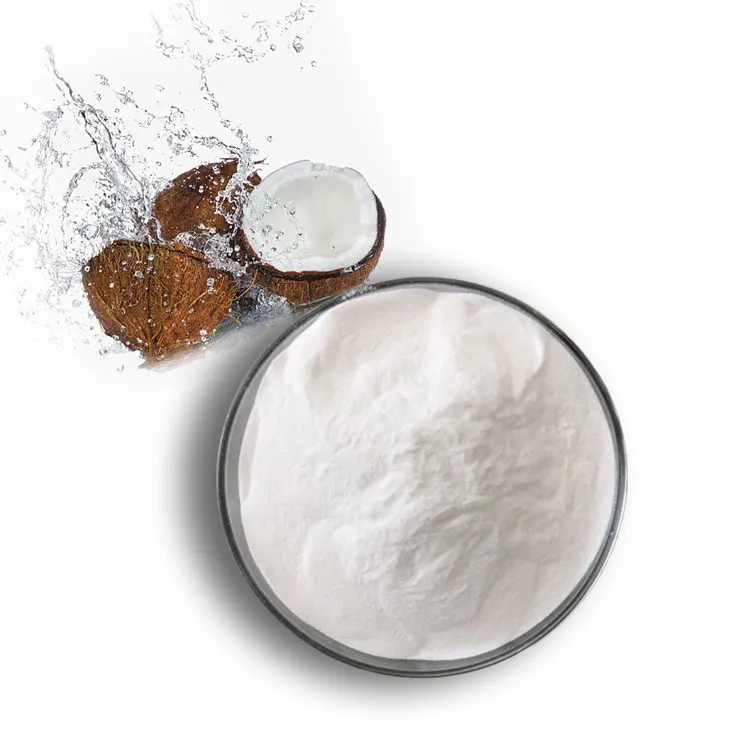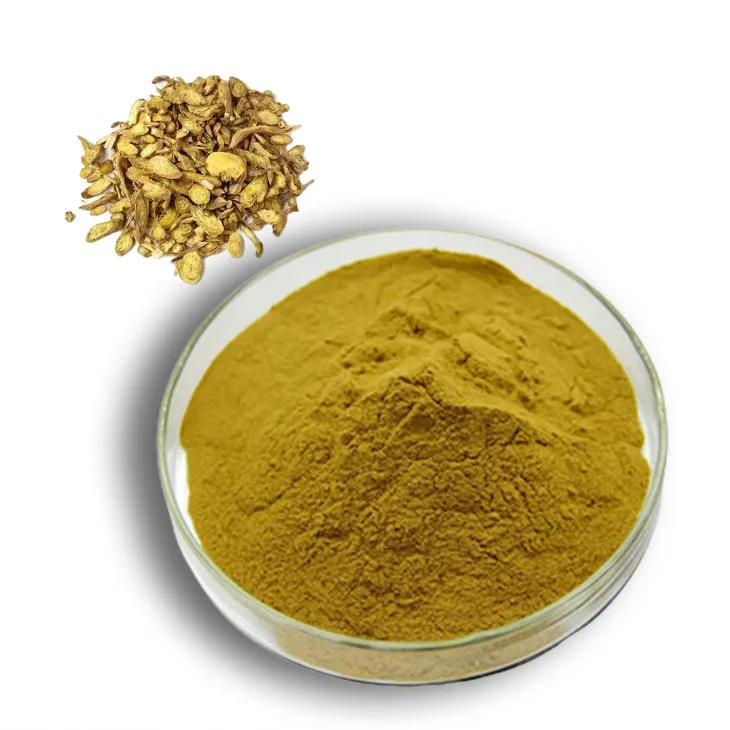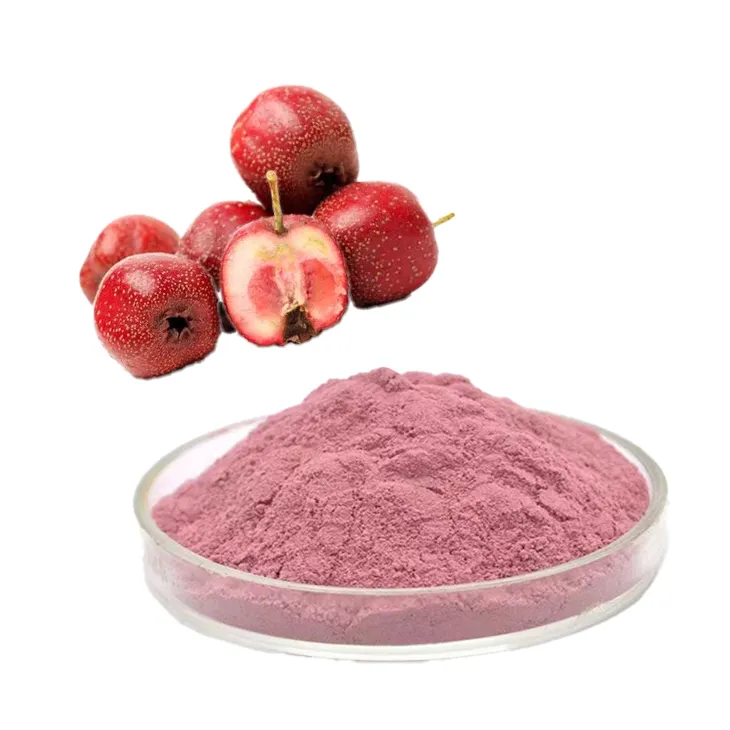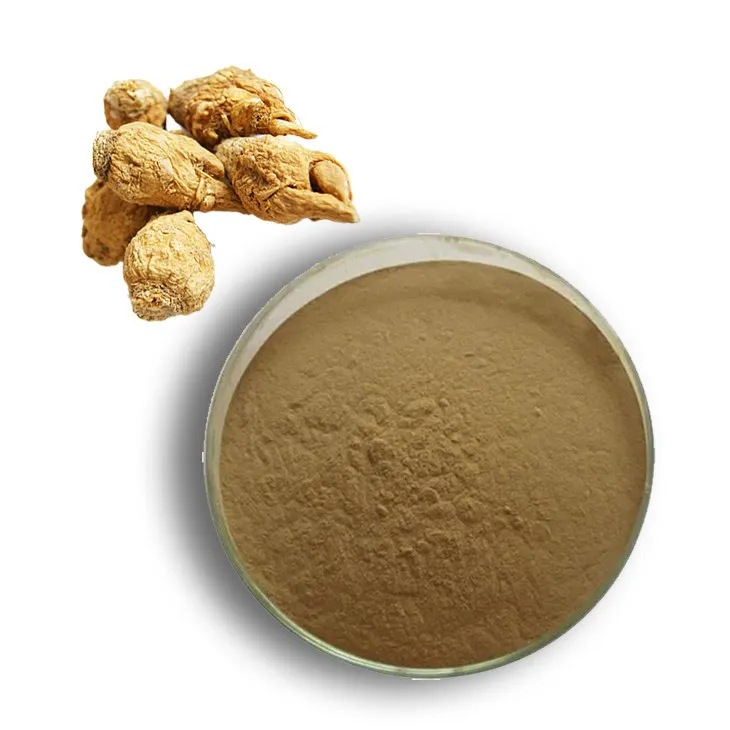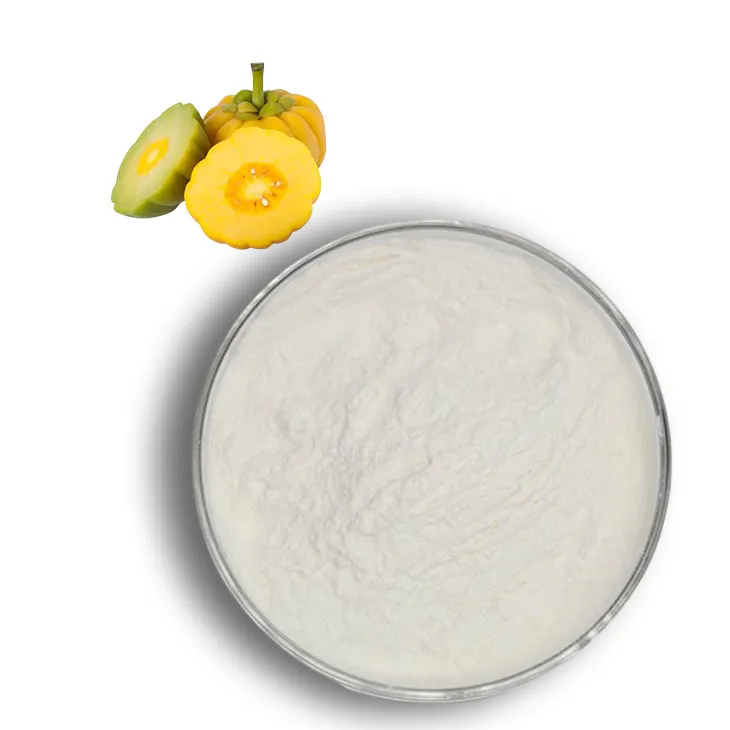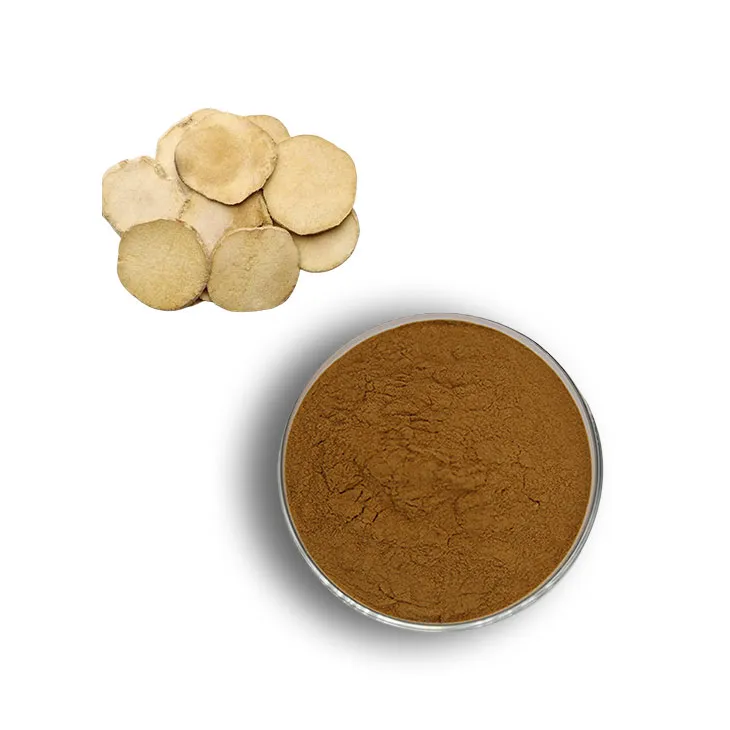- 0086-571-85302990
- sales@greenskybio.com
Calendula: Ancient Remedy and Modern-Day Healing Marvel
2025-06-24

Calendula, commonly known as pot marigold, has a rich legacy as a medicinal herb, valued since ancient times for its anti-inflammatory, antimicrobial, and healing attributes. This versatile plant serves as a natural remedy for skin and digestive ailments and is also used as a natural dye.
A Historical Overview of Calendula
The use of calendula can be traced back to the early civilizations, with the ancient Romans and Greeks using its petals to decorate temples and for dyeing various items. Its medicinal qualities were well-recognized in Traditional Ayurvedic and Chinese Medicine for treating wounds and as an antidote for inflammation and microbial infections.
During the Middle Ages, European gardens often featured calendula for treating digestive issues and wounds. The plant’s name, derived from the Latin "calendae," reflects its believed monthly blooming cycle. In folklore, calendula was reputed to hold magical properties that could induce prophetic dreams when placed under a pillow. In Victorian England, it symbolized grief and was frequently seen in funeral wreaths. Today, calendula's practical and healing characteristics make it a sought-after herb in both traditional and modern medicine.
Medicinal Benefits of Calendula
Calendula is a powerful herb packed with bioactive compounds like flavonoids and carotenoids, bestowing it with anti-inflammatory, antimicrobial, and antioxidant benefits.
Some of calendula's health benefits include:
- Skin Healing: Known for accelerating wound healing, calendula is effective in treating cuts, burns, eczema, and acne due to its soothing properties. Calendula-infused products are popular for addressing skin irritations.
- Digestive Support: Traditionally, calendula tea is used to alleviate stomach issues, such as gastritis and indigestion, by calming the stomach lining and promoting digestion.
- Immune System Support: The antioxidants in calendula boost the immune system, making it beneficial during cold and flu seasons.
- Menstrual Relief: Calendula helps ease menstrual cramps and regulate cycles thanks to its antispasmodic effects.
- Oral Health: As a mouthwash or gargle, calendula helps treat mouth ulcers and sore throats due to its antimicrobial nature.
Ways to Use Calendula
Calendula can be incorporated into daily routines in several forms:
- Tea: Steep calendula petals in hot water for a therapeutic tea to enhance digestion and immunity.
- Topical Applications: Calendula-infused creams and salves are excellent for treating various skin conditions.
- Tinctures: Made by soaking petals in alcohol or glycerin, calendula tinctures offer concentrated healing properties.
- Culinary Uses: Edible calendula petals, dubbed "poor man's saffron," add color and flavor to many dishes, such as salads, soups, and baked goods.
Calendula Recipe Inspirations
Calendula’s culinary versatility is evidenced through various creative recipes:
- Golden Calendula Rice: Add petals to rice for a vibrant, saffron-like color.
- Calendula-Infused Honey: Combine petals with warm honey for a soothing, immune-boosting sweetener.
- Calendula and Citrus Salad: Mix petals with greens and citrus for a zesty salad.
- Calendula Shortbread Cookies: Add petals for a floral twist to traditional cookies.
- Calendula Healing Salve: Blend calendula-infused oil with beeswax for a skin-nourishing salve.
Calendula remains a cherished component of the herbal world, advantageous for health and culinary applications. With its vibrant petals and profound capabilities, calendula enriches any wellness regimen, offering healing and culinary delights. Whether enhancing a meal or soothing your skin, the sunny marigold brings vibrant charm and benefits to your life.
- ▶ Hesperidin
- ▶ citrus bioflavonoids
- ▶ plant extract
- ▶ lycopene
- ▶ Diosmin
- ▶ Grape seed extract
- ▶ Sea buckthorn Juice Powder
- ▶ Beetroot powder
- ▶ Hops Extract
- ▶ Artichoke Extract
- ▶ Reishi mushroom extract
- ▶ Astaxanthin
- ▶ Green Tea Extract
- ▶ Curcumin Extract
- ▶ Horse Chestnut Extract
- ▶ Other Problems
- ▶ Boswellia Serrata Extract
- ▶ Resveratrol Extract
- ▶ Marigold Extract
- ▶ Grape Leaf Extract
- ▶ blog3
- ▶ Aminolevulinic acid
- ▶ Cranberry Extract
- ▶ Red Yeast Rice
- ▶ Red Wine Extract
-
Acai Berry Extract
2025-06-24
-
Epimedium extract powder
2025-06-24
-
Citrus Aurantium Extract
2025-06-24
-
Stevia Extract
2025-06-24
-
Coconut Water Powder
2025-06-24
-
Scutellaria Extract
2025-06-24
-
Hawthorn powder
2025-06-24
-
Maca Extract
2025-06-24
-
Garcinia Cambogia Extract
2025-06-24
-
Alisma Extract
2025-06-24











